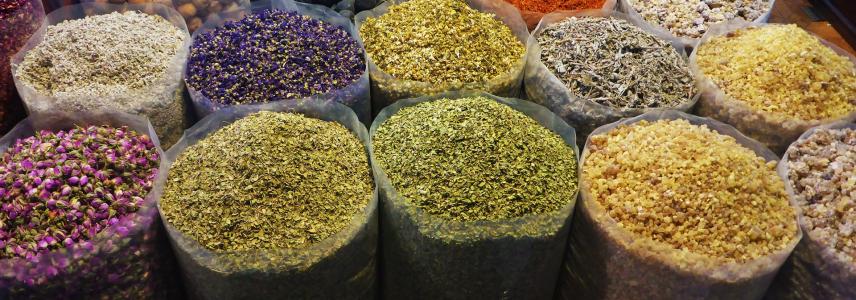Industry warning about sterilisation residues in spices

Ethylene oxide gas has disinfectant properties. In some countries, factories use it to sterilise spices and packaging materials. But, using ethylene oxide and its derivative ethylene chlorohydrin on foods is not allowed in Europe. Still, European buyers are finding spices and herbs with ethylene oxide residues above the limits.
Ethylene oxide residues found in spices and herbs
To prevent contamination of spices with insects and other microbiological contaminants, suppliers from developing countries should have preventive measures in place. These could include heat treatment or fumigation. If you use fumigation, you must use only officially approved disinfectants. The European Union (EU) has banned methyl bromide and ethylene oxide. Still, European buyers are finding residues of these banned substances in spices and herbs.
In November 2020, the European Spice Association (ESA) asked all member companies to share data on residues of ethylene oxide found in herbs and spices. ESA wanted to get an overview of possible problems. It found that 7% of analysed samples had ethylene oxide residues above the allowed limits. ESA has continued to collect data. In January 2021, it reminded its members about the European legal requirements for ethylene oxide residues.
You can use products containing ethylene oxide to disinfect other things in the EU, but not food products. European legislation on residue levels sets the following maximum residue levels for spice industry products:
|
Product group |
EU maximum residue level (parts per million) |
|
Spices (including dehydrated ginger) |
0.10 |
|
Herbs |
0.05 |
|
Dehydrated garlic, onions, paprika and tomatoes |
0.02 |
The EU calculates maximum residues as the total amount of ethylene oxide and 2-chloroethanol expressed as ethylene oxide.
How to avoid contamination with ethylene oxide
There are many ways spices and herbs can become contaminated with ethylene oxide. Intentionally contaminating food with the chemical is illegal in Europe. But unintentional cross-contamination is possible. In the ESA fact sheet on ethylene oxide residues, the association recommends that all ESA member companies and their suppliers include managing the risk of cross-contamination in their hazard analysis critical control points (HACCP). A few rules you should follow include:
- Do not use ethylene oxide on spices and herbs if you want to export to Europe. Several countries allow the use of ethylene oxide. But, using it on food products in Europe is illegal.
- To avoid cross-contamination, do not transport your spices and herbs on pallets treated with ethylene oxide.
- Do not transport your spices and herbs inside the same containers as fresh fruit treated with ethylene. You can use ethylene to ripen fruits like bananas. But, in its peer review (pdf), the European Food Safety Agency association warns that ethylene oxide can form from ethylene. Some studies show that ethylene oxide can also be produced naturally when fruits ripen.
- Check the residue levels of ethylene oxide if spices or herbs are sprayed with the plant growth regulator ethephon. Studies show that ethephon is converted to ethylene (pdf) when it is broken down.
Learn more
To learn more about European market requirements, read our study on buyer requirements for spices and herbs.
Autentika Global wrote this news article for CBI.
Stay informed
To stay informed about the latest developments in the spices and herbs sector, subscribe to our newsletter.